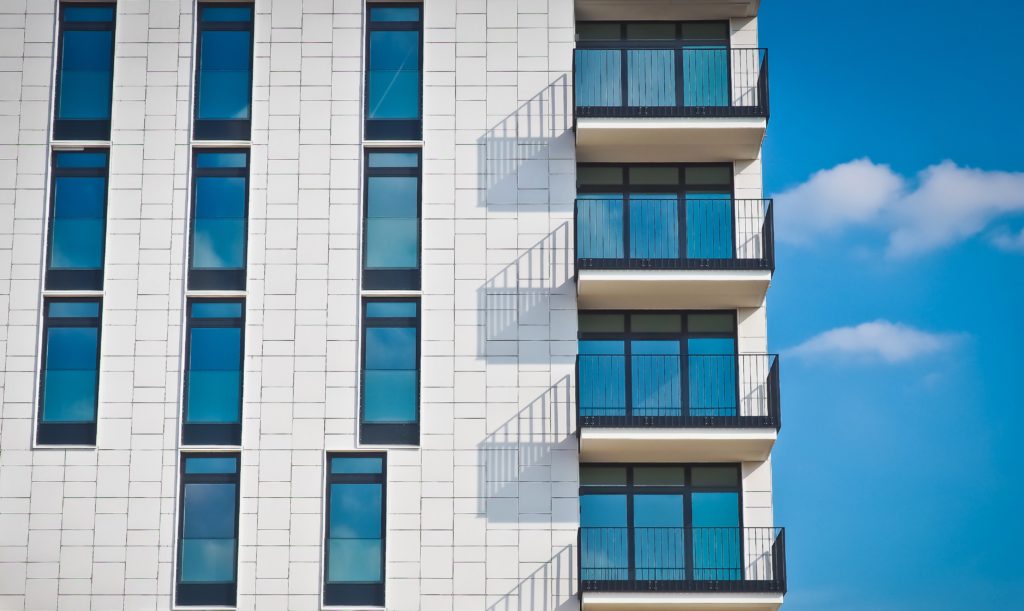 Building owners are responsible for ensuring that railings remain safe. Failing to do so can leave the building owner open to litigation and may lead to occupants becoming seriously injured or losing their lives.
Building owners are responsible for ensuring that railings remain safe. Failing to do so can leave the building owner open to litigation and may lead to occupants becoming seriously injured or losing their lives.
That are standards and building codes that must be met in New York to ensure railings and fire escapes are safe for people to use. If you suffered a dangerous stairway fall or another type of injury due to an unsafe condition, speak to our New York injury lawyers at Wingate, Russotti, Shapiro, Moses & Halperin, LLP.
Reasons a Railing Can Collapse
- Improper construction: Building codes have to be followed when railings are built and installed. Codes and standards may change over time. Old railings might not be up to modern safety standards. When contractors don’t design or build “to code,” a railing might be weak or have gaps that a person, especially a child, could climb or fall through.
- Poor maintenance: Once railings are built, they need to be routinely inspected and maintained. The screws or bolts need to be monitored so if they are loose, they can be fixed. Materials like wood or metal need to be checked to make sure they are not deteriorating or failing. In the City of New York, fire escapes of certain heights must be inspected every five years by the fire department.
- Weakened structure: Sometimes the wall or building around a fire escape can be damaged or compromised, allowing the fire escape to collapse. During a fire, building structures are often weakened and the materials compromised. Since fire escapes and railings are usually attached to those walls, prior fire damage can make fire escapes or stairways unsafe.
- Surpassed load limit: Railings can only handle a certain amount of weight. While railings should be able to hold people, they aren’t always designed that way. When someone leans against a railing, it can cause a collapse.
People might not always consider the physics when sitting on, leaning against, or hanging onto a railing. Repeated stress can weaken the railing and make a collapse more likely.
Liability
Landlords and building owners have to be aware of railings, especially in residential units, and discourage any behavior that would weaken the support and cause a safety hazard. If tenants of a building notice that railings are unsafe or coming loose, they must report it to the building owner so that repairs can be made. A building owner may be held liable for accidents involving the railing or fire escape.
Deadly Railing Collapses
- Brooklyn – March 17, 2016: A young man was talking with a friend on a fire escape when the railing gave out behind him. He fell four stories and landed on a dirt pile below, which saved his life but left him in critical condition.
- New Jersey – October 5, 2017: Perth Amboy, New Jersey. Two boys were playing on the front deck of a house when a railing gave out. Both boys fell to the ground; the 9-year-old boy died while the 13-year-old boy survived with serious injuries.
- NYC – March 20, 2018: An NYC transit worker died while removing debris from a subway tunnel south of the 125th Street (Harlem) subway station. He was leaning on a railing and the railing broke, dropping him about 20 feet. The fall caused head injuries that resulted in his death.
WRSH offers a free consultation; if we take your case, we charge you nothing until we get you the money you deserve. Call today at (212) 986-7353.